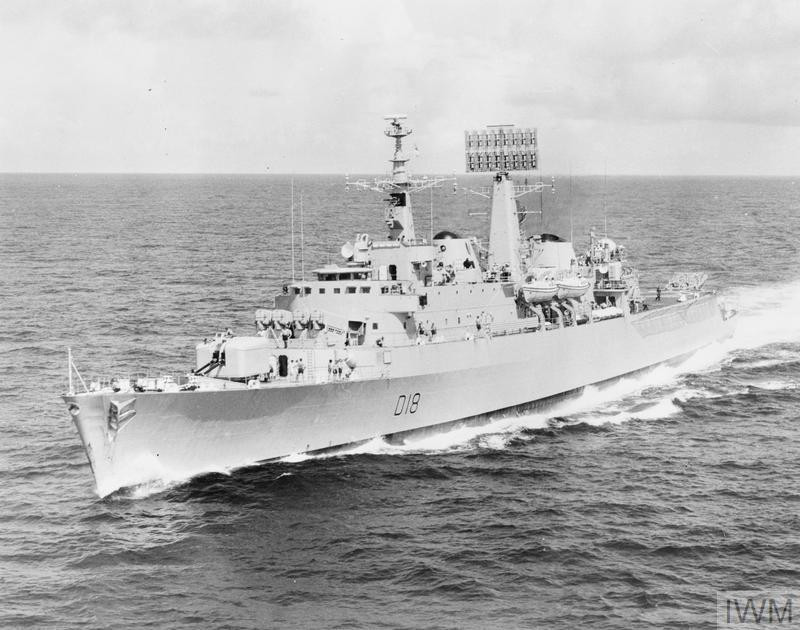The diplomatic campaign continued to go in Britain’s favour, with a major step forward on Easter Saturday 10 April – the European Economic Community (EEC), one of the forerunners of the European Union, lent its support to the UK and announced economic sanctions against Argentina that would remain in place until at least mid-May.
These measures included a ban on almost all imports, and a total ban on arms sales, which meant (amongst other things) that work was suspended on Argentine frigates and submarines that were in build in German shipyards.
The strength of these sanctions exceeded the hopes of many British diplomats, who understood the difficulties that such hardline action could cause.
They had been more confident of support from the Commonwealth, which was again given freely – Australia, New Zealand, Hong Kong and Canada all banned imports from Argentina, while New Zealand also banned exports.
Other countries broadly supported the UK with varying levels of sanctions of their own, including Japan, Norway, Portugal, Switzerland, Austria and Sweden.
The United States put in place some financial controls, but at this early stage was still caught between standing by their old ally and supporting a right-wing government in the face of possible left-wing takeover.
In terms of military movements, the designated ‘South Georgia Task Group’ – detached from the Advanced Group to carry out Operation Paraquet – reached Ascension on 10 April.
Admiral Woodward had transferred his flag from County-class destroyer HMS Antrim to sister ship HMS Glamorgan, leaving Antrim’s Capt Young to lead the small flotilla into Ascension a day before the rest of the Advanced Group, though none of the ships would remain at the island for long.
The rest of the South Georgia Task Group comprised Rothesay-class frigate HMS Plymouth, tanker RFA Tidespring and M Coy 42 Cdo.
Meanwhile, back in the UK, two tugs – Irishman and Salvagemen – loaded with salvage gear and towing equipment, sailed from Portsmouth bound for Ascension.
* These posts can only give a brief sense of what was a complex and fast-moving situation 40 years ago, and cannot cover the involvement of every ship, squadron and unit in detail – for a much more comprehensive account see naval-history.net at https://www.naval-history.net/NAVAL1982FALKLANDS.htm
Today’s image from the extensive Imperial War Museum collection (© IWM FKD 577) shows County-class guided missile destroyer HMS Antrim before she sailed to the Falklands
